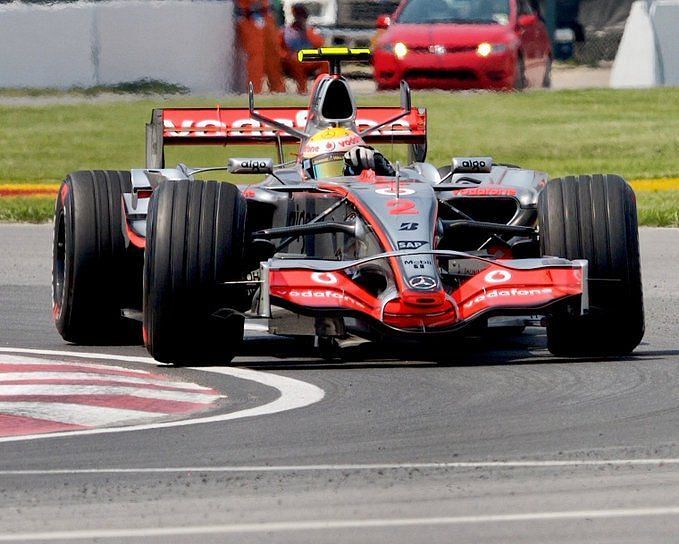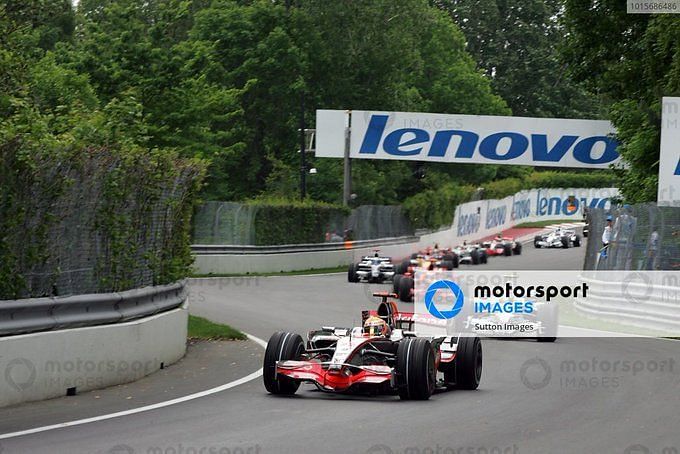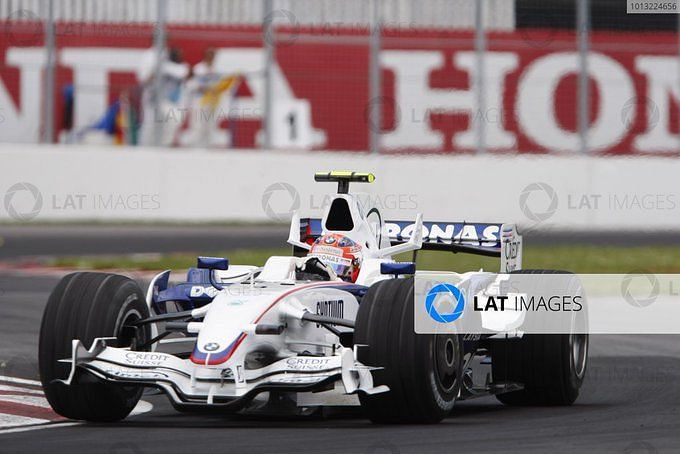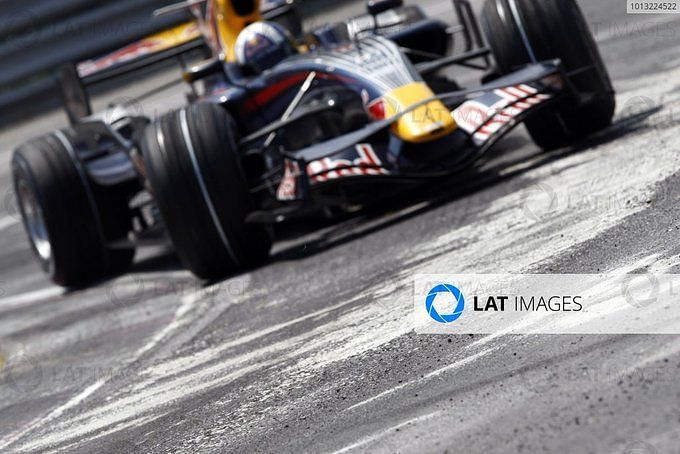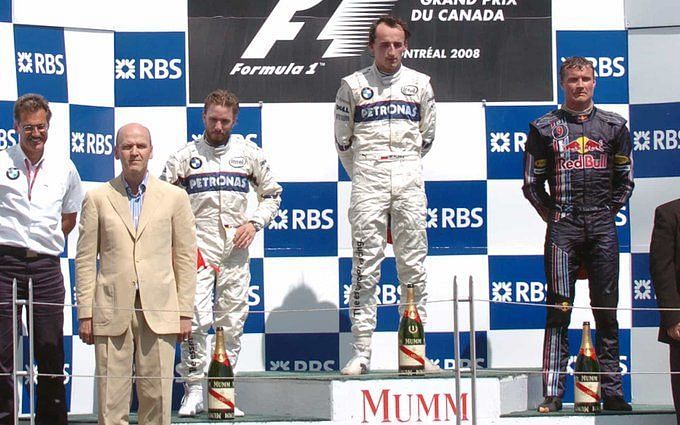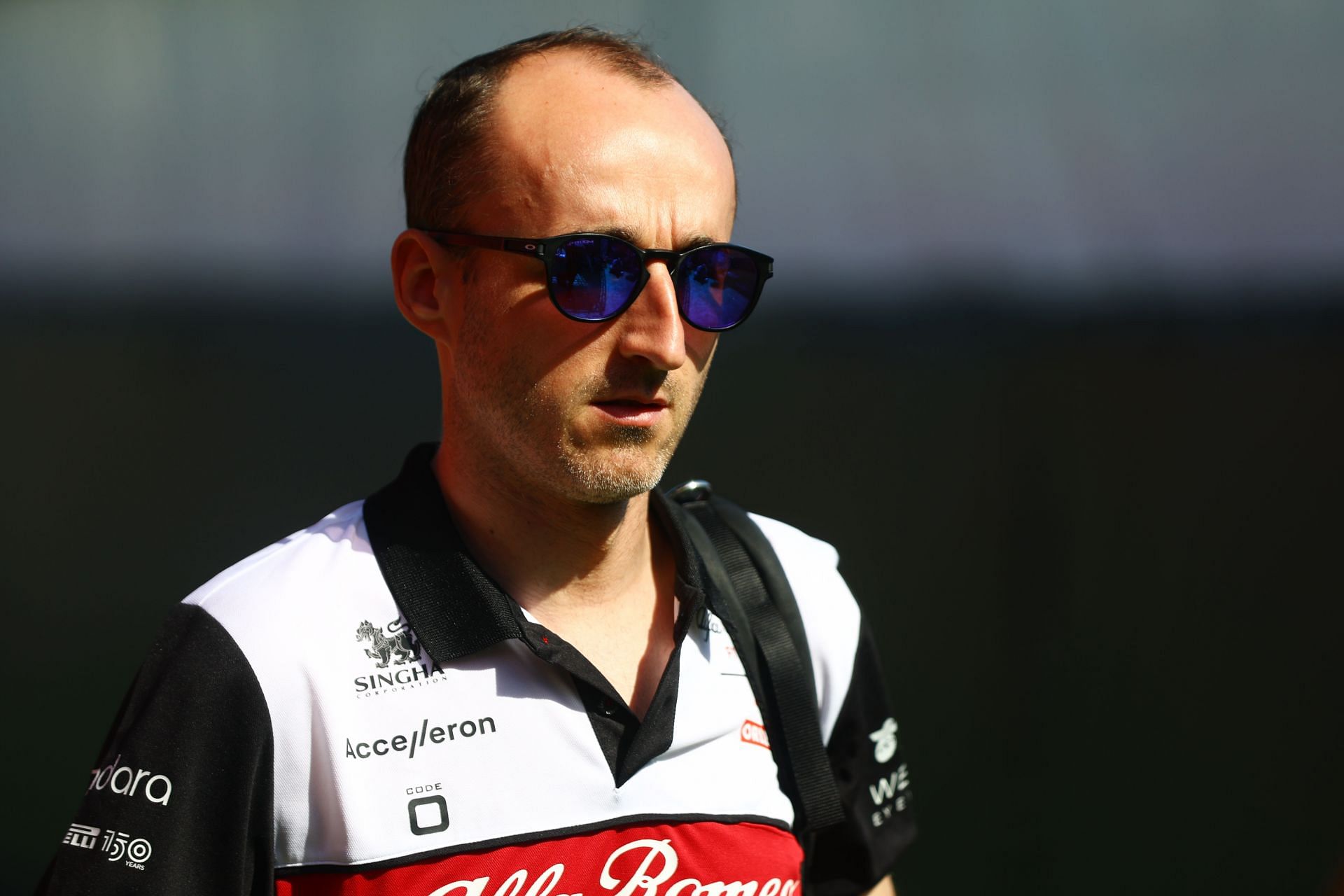
Robert Kubica: The Hero of the 2008 Canadian Grand Prix
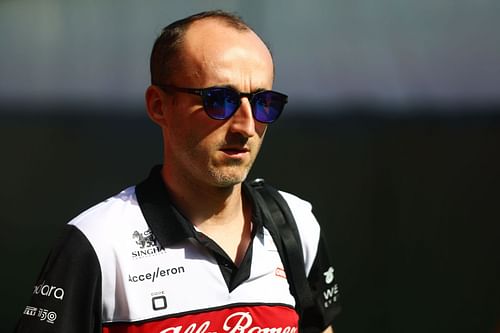
Robert Kubica might be an unfamiliar name to those that are new to F1. Currently, a reserve driver for Alfa Romeo, the Polish driver has had limited appearances around the paddock in the recent years. However, before joining the Italian outfit in 2020, he drove for Williams from 2018 to 2019 after his return to F1 in 2017.
Having slid into obscurity in recent years, Kubica's achievements are undeniably underrated. Once a potential championship contender, he was expected to drive for the prestigious Scuderia Ferrari in 2012. But as with many opportunities in his career, this never came to fruition due to the severe injuries he sustained during a crash in 2011.
Rober Kubica's death-defying crash at 2007 Canadian GP
While the 2007 Canadian GP went down in history as being the first of a record-breaking 103 wins earned by seven-time world champion Lewis Hamilton, it had another, a then more, significant event for which it is still remembered.
Robert Kubica, who had started the race in P8, while approaching the hairpin, hit the back of Jarno Trulli's Toyota after Adrian Sutil's crash on lap 26. The clash launched him into a hump in the grass, which lifted the car's nose into the air and left Kubica unable to brake or steer.
After losing three wheels, the nose, and incurring major damage to the sidepods in the initial impact, his BMW flipped back across the track and came to rest against the barrier in the run-off area on the other side of the track. Robert Kubica's feet could be seen exposed through the destroyed nose of the car. The incident was certainly not for the faint-hearted.
Despite rumours that he had broken his leg, Kubica had only suffered a sprained ankle and a concussion. Reports suggested that he had been subjected to a peak G-force of 75G during his crash and this was bound to take a toll on his body. Needless to say, he was extremely lucky to have escaped such a violent crash without any severe injuries.
Robert Kubica's redemption at 2008 Canadian GP
A year after Robert Kubica's horrendous crash, BMW Sauber produced a car in which he was capable of achieving strong results. He qualified in P2 at the Canadian GP, with Lewis Hamilton on pole and Kimi Räikkönen in P3. The race started off as an easy win for Hamilton, but things suddenly turned around when half the field came in for their first round of pit stops.
Räikkönen came to a stop at the end of the pit lane as the exit was closed, with the red indicator light on. The Finn was alongside Kubica at the end of the pit lane when Hamilton sped towards them, not noticing the red light. It was too late when he did finally see the red light and he slid into the back of Räikkönen's car, causing both him and Räikkönen to retire from the race.
The remainder of the cars in front came in for their round of pit stops, leaving Kubica's teammate Nick Heidfeld in the lead. However, on his first flying lap, Kubica overtook Heidfeld and was then leading the race. From there on, he had only one task: opening up a sizeable gap to his teammate so he could pit and still emerge in the lead.
Robert Kubica proved his resilience
Over the course of the next few laps, Robert Kubica was driving on another level. He had to match the pace that he needed for a qualifying lap and he needed to do this for 10 laps. The strain on his body and mind would have been enormous, but he never lost his composure.
Kubica has always proven to be a resilient person. He has never shied away from a fight, especially when the fight is within himself. Not only was he racing at the very place where he had almost lost his life the previous year, but he was also setting record-breaking lap-times on degrading tires with the pressure of being the race leader.
Towards the end of the race, Kubica built a substantial gap over the rest of the drivers and maintained it with ease. Breezing past the hairpin on the last lap, he accelerated past the chequered flag in the most poetic fashion, becoming a race winner for the first time in F1.
The race win was a celebration. Not just of Robert Kubica emerging as Poland's first F1 driver to take a race win, but of his fighting spirit and immense courage. Lastly, it was a celebration of the first win of the BMW Engine since Juan Pablo Montoya in 2004 and of a new championship leader in the points table in F1.
